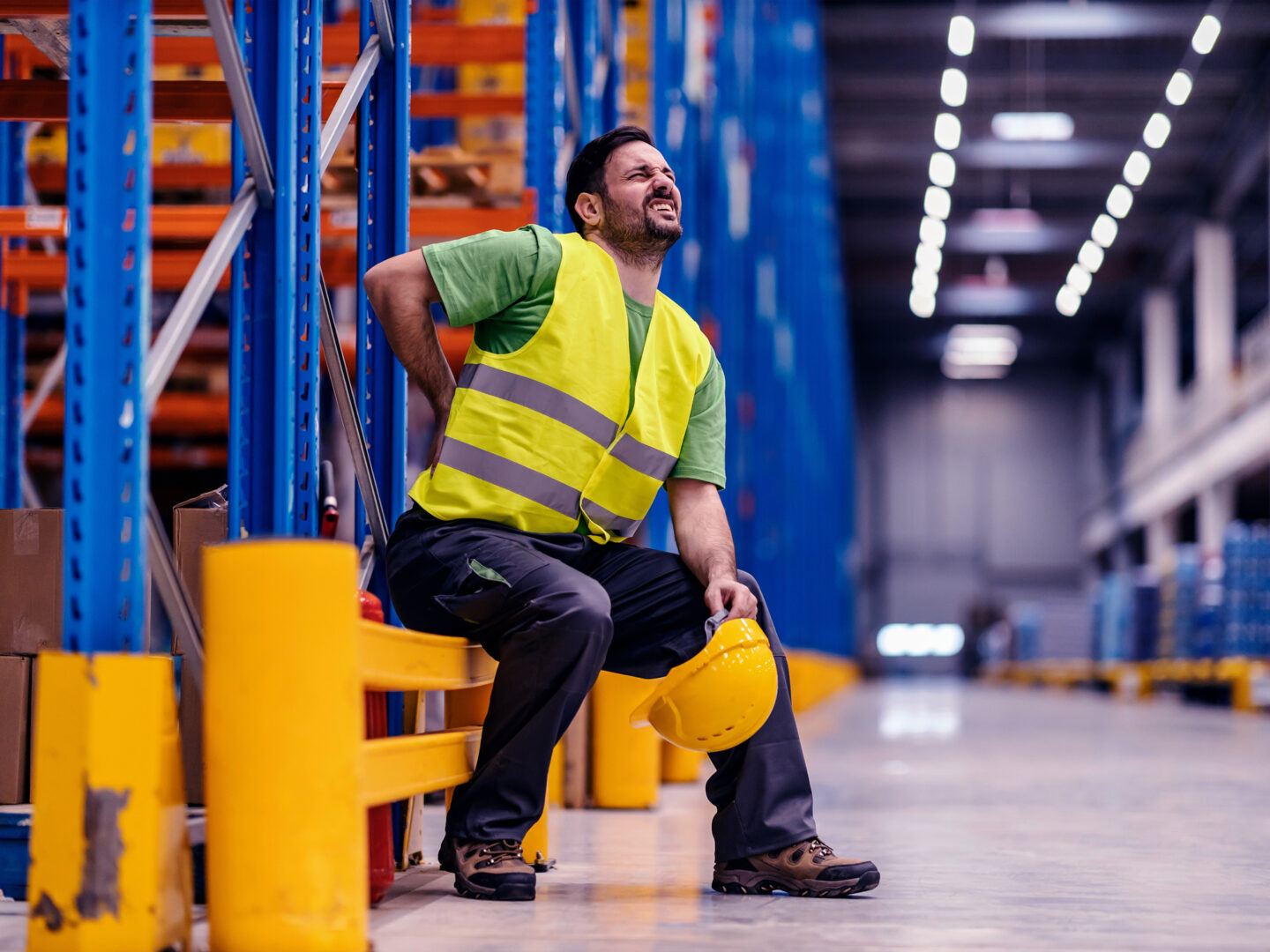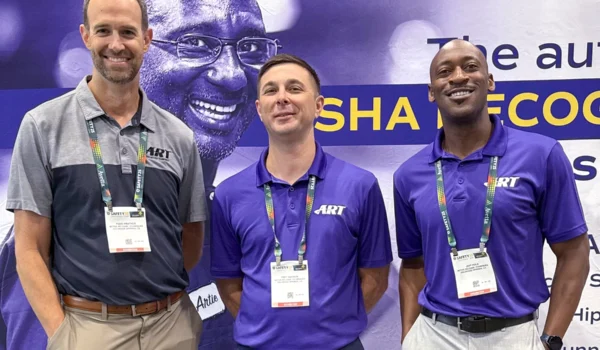In the manufacturing space, where physical labor and repetitive motion are part of the daily requirements, musculoskeletal (MSK) injuries are more than just a nuisance, they are a serious threat to productivity, employee well-being, and cost-savings.
Operations and Enivronmental Health and Safety professionals are constantly balancing production demands with worker health. Many have explored virtual care platforms like Hinge Health or Sword Health, which offer digital physical therapy programs designed to improve access to care. These tools are valuable, but they are not the whole solution.
Let’s talk about Active Release Techniques® (ART) and why hands-on treatment still plays a critical role in keeping your workforce moving safely and efficiently.
Understanding the Landscape: Hinge Health and Sword Health
Both Hinge Health and Sword Health have made an entrance into the MSK care space, particularly by addressing common barriers like access, convenience, and cost. Their models rely heavily on virtual physical therapy and digital tools, often guided by wearable sensors, mobile apps, with assistance from Physical Therapists.
They offer a level of convenience for employees who may not seek out traditional care, and for mild to moderate discomfort, digital programs can provide help.
But when looking for a solution that more directly addresses the issue, hands-on treatment still delivers the highest impact. When it comes to real-world injuries—like those sustained on a factory floor, in a warehouse, or on a production line—nothing beats having an in-person, trained provider work on the tissue directly.
Why ART is Different – Especially in Industrial Settings
ART is a patented, hands-on approach to treating soft tissue injuries. It is practiced by trained providers who assess and treat overused muscles, fascia, tendons, ligaments, and nerves. It is particularly well-suited to the kinds of strain and repetitive use injuries that are common in manufacturing environments.
Here’s how:
Hands-On, Targeted Treatment
ART providers use their hands to evaluate the texture, tightness, and movement of soft tissues—something a wearable sensor or app cannot replicate. Treatment involves applying precise tension while the patient moves the affected area, helping to break up adhesions and restore range of motion.
Rapid Results
One of the most compelling aspects of ART is how quickly it can make an impact. Many patients report significant relief in just a few sessions. That’s crucial when you’re trying to avoid long-term disability claims or get a key team member back to work quickly and safely. On average, ART can resolve an issue in just 3.4 treatment sessions.
On-site Capability
ART providers are on site at your facility. This minimizes time away from the floor, eliminates travel barriers, and encourages early intervention—before minor aches turn into recordable injuries or lost time.
Proven Effectiveness in Industrial Environments
ART is being used in manufacturing and industrial settings nationwide, including at Fortune 500 companies. It’s tailored for workers who spend long hours lifting, twisting, reaching, and operating machinery.
All these tools serve a purpose, but choosing the correct tool will impact the outcome.
Digital MSK platforms like Hinge and Sword absolutely have a place in a modern workplace health strategy. They can be great for preventive care, remote teams, or mild discomfort.
But when it comes to real-world, repetitive-use, and acute strain injuries—the kind you see on your floor every week, hands-on care like ART provides a level of treatment and resolution that virtual tools simply cannot match.
Final Thoughts
As you evaluate injury prevention and treatment options for your team, consider integrating ART as a core part of your on-site care strategy. Not only can it reduce OSHA recordables and workers’ comp claims, but it shows your employees that their health and hands-on, personalized care matters.
If you are looking for a solution that meets your workers where they are, understands industrial demands, and gets people back to work quickly and pain free, ART deserves a serious look.



